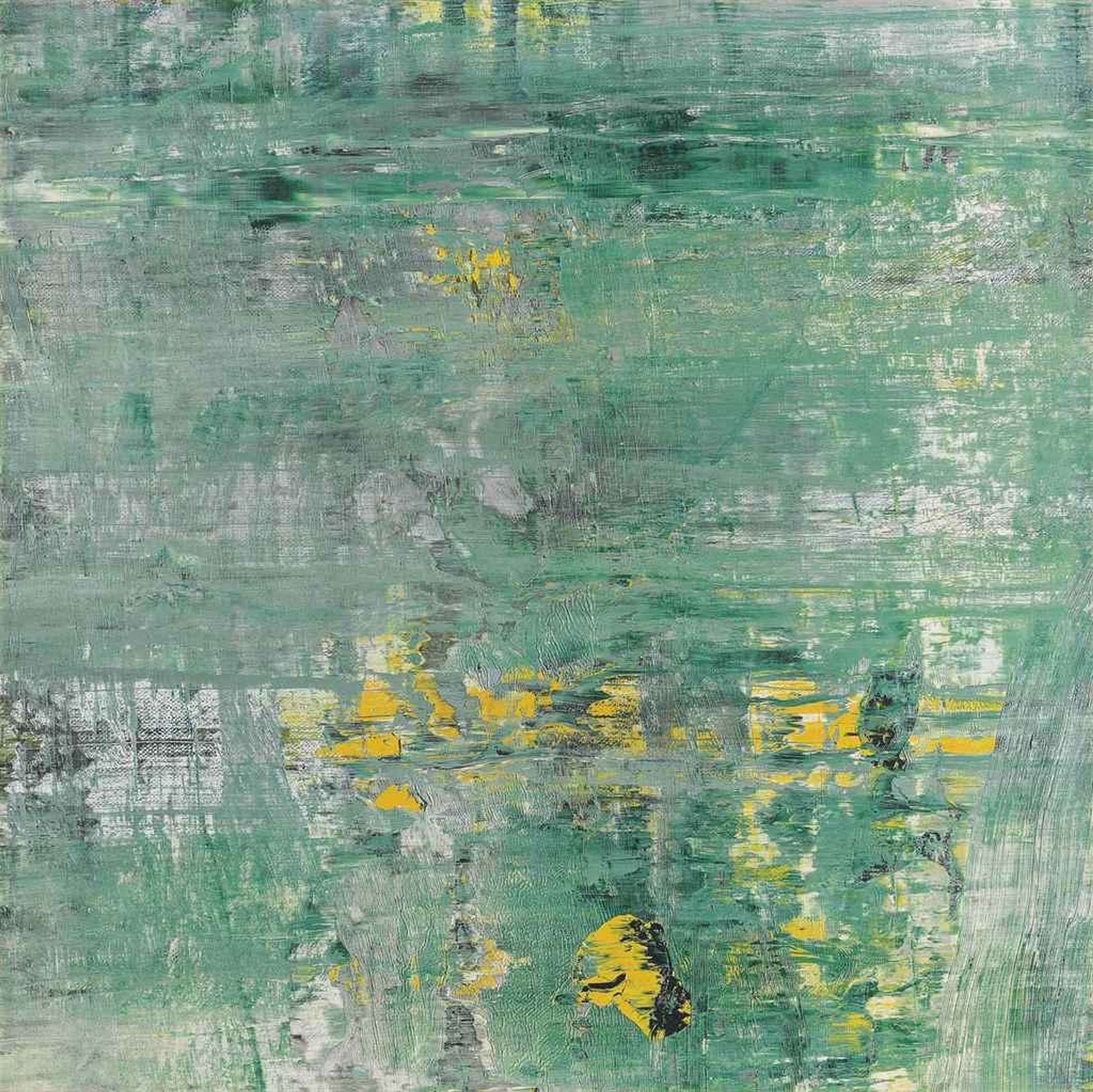
Cage Grid I Single Part J

Cage Grid I Single Part J
Signed Print
Gerhard Richter
Price data unavailable
There aren't enough data points on this work for a comprehensive result. Please speak to a specialist by making an enquiry.
75 x 75cm, Edition of 4, Giclée print
Auction Results

Track auction value trend
Meaning & Analysis
Cage Grid I Single Part J is a signed giclée print made after a 2006 painting by acclaimed German artist, Gerhard Richter. Part of Richter’s Cage Grid series, the work was issued in a very limited edition of 4 in 2011. It features a close-up section of Richter’s 2006 Cage paintings - prime examples of Richter’s unmistakable approach to abstraction.
A particularly striking example of Richter’s œuvre, this work comprises a variety of different tones of green, yellow, and grey. A standout example of Richter’s use of home-made squeegees as means to create large-scale abstract paintings, the work speaks to the artist’s use of layering and ‘blurring’ as means to test - and push - the restrictive limits of traditional painting. Made after one of the artist’s ‘Cage’ paintings, this print elides the boundaries between music - specifically that of US avant-garde composer John Cage, with whom Richter was fascinated at the time - and painting.
In the 1960s, Richter’s life changed forever. In 1961, the artist and his young family escaped from what was then the German Democratic Republic, or East Germany, later settling in the affluent West German city of Düsseldorf. Bringing about a dramatic shift from the Soviet, commuinist sphere of influence, on the one hand, to the newly-founded Bundesrepublik Deutschland - or ‘West Germany’ - on the other, this move came just weeks before the building of the Berlin Wall - a notorious section of the ‘Iron Curtain’ that the German city in half. Allowing Richter to leave his strict, socialist realist training at the Dresden Academy behind, the artist’s escape introduced him to post-war capitalism, its often aggressive culture of advertising, and the avant-garde - to which he had first been exposed as a visitor to the documenta II exhibition in 1959. This exhibition, held in the Western city of Kassel, comprised works by the likes of Jackson Pollock and Pablo Picasso. As in many of the Cage paintings, its presence here is felt.